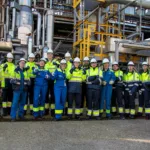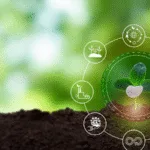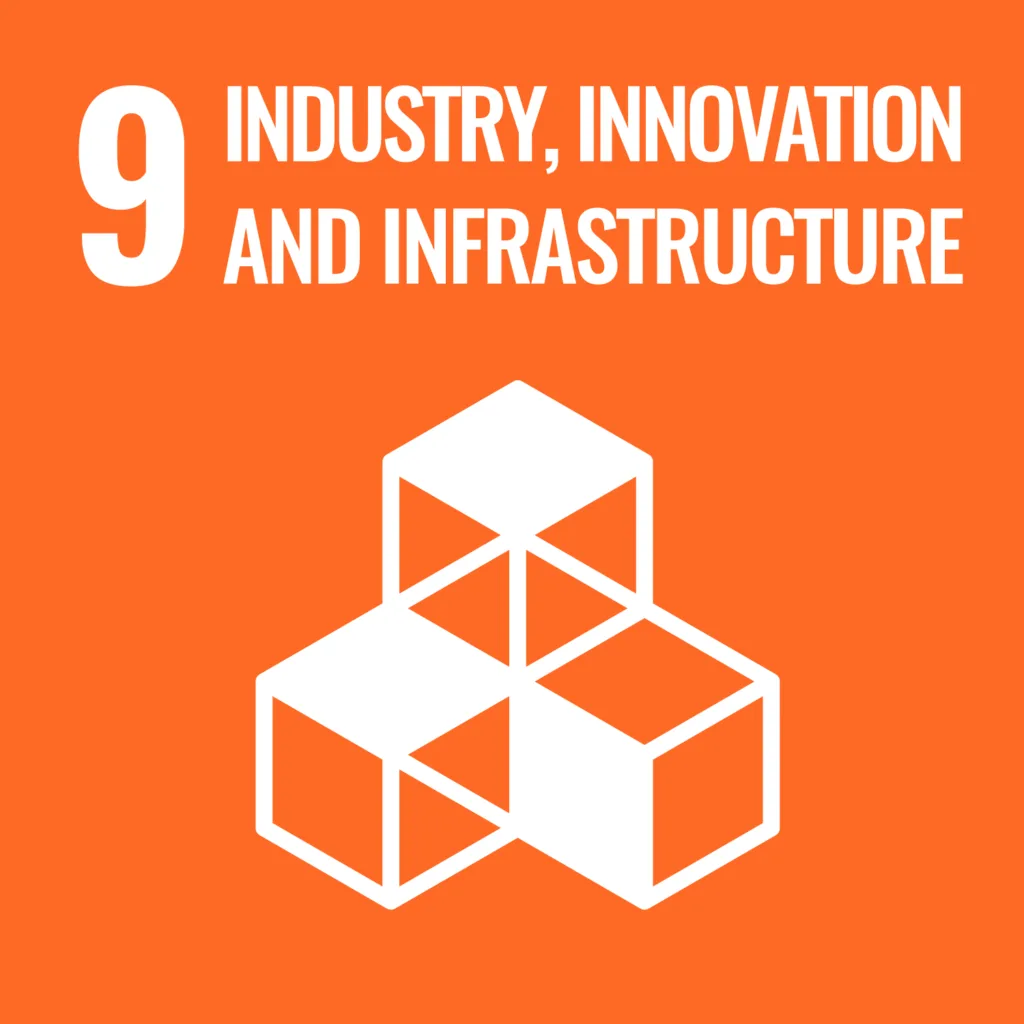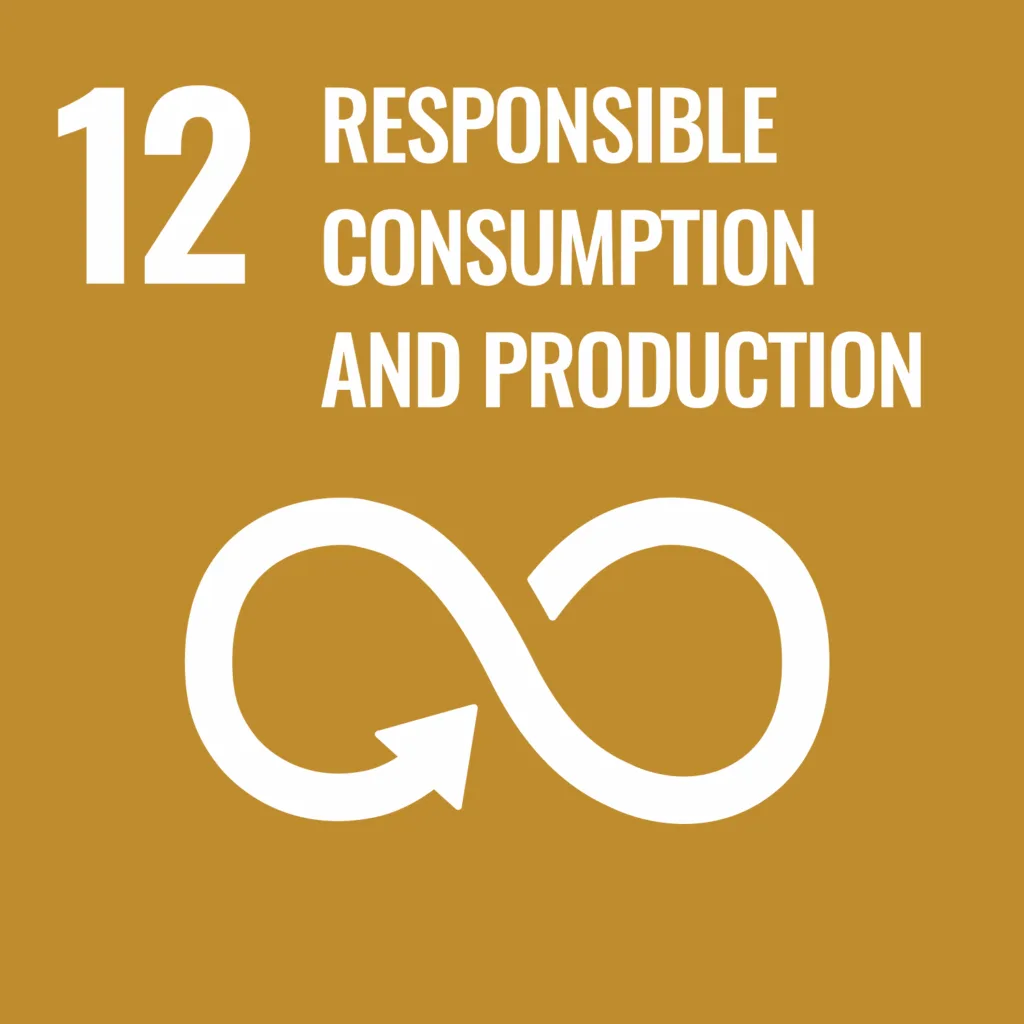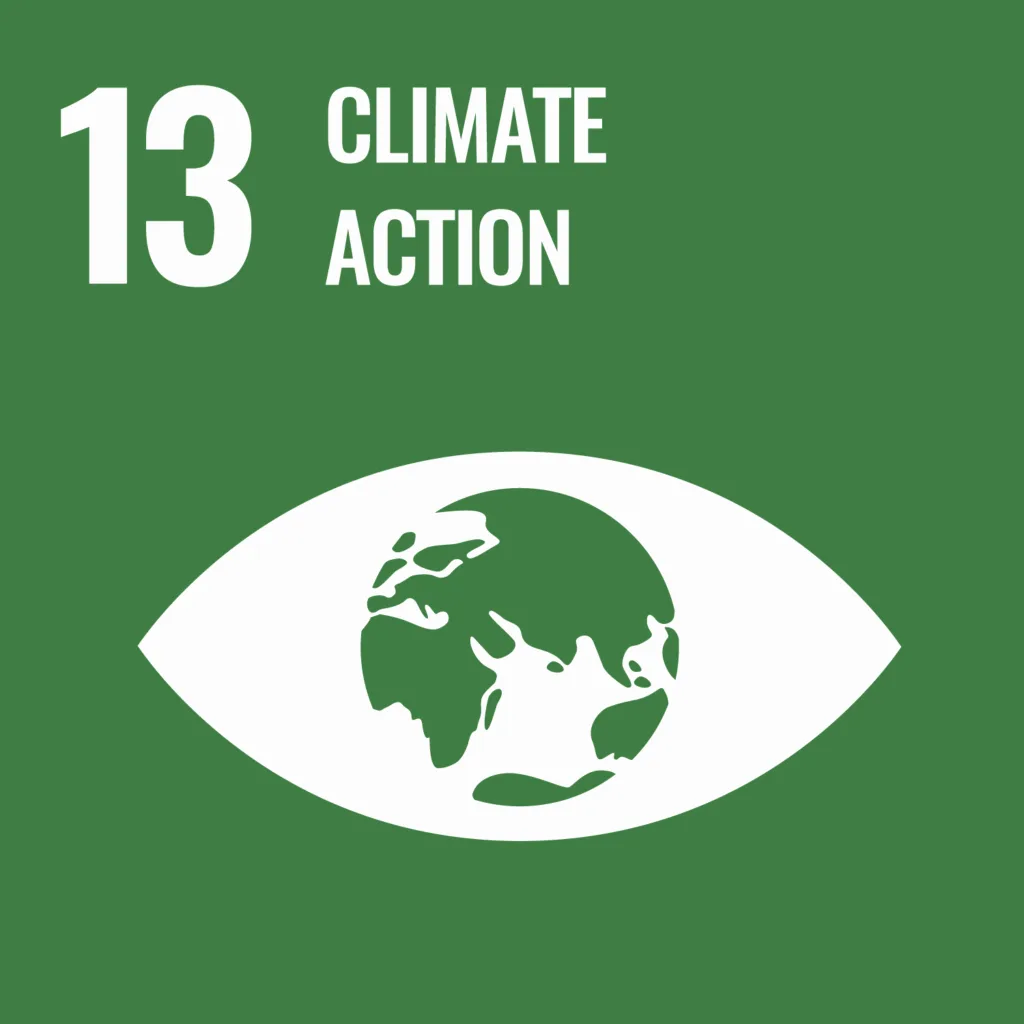What if your car seat could be made from its own old foam? Thanks to a groundbreaking innovation, closed-loop recycling—both in material and application—is now transforming seat foam production. In collaboration with material science and automotive seating companies, Jaguar Land Rover (JLR), Dow, and Adient are pioneering a method to recycle polyurethane seat foam from used vehicles and reintegrate it into the production of new seats.
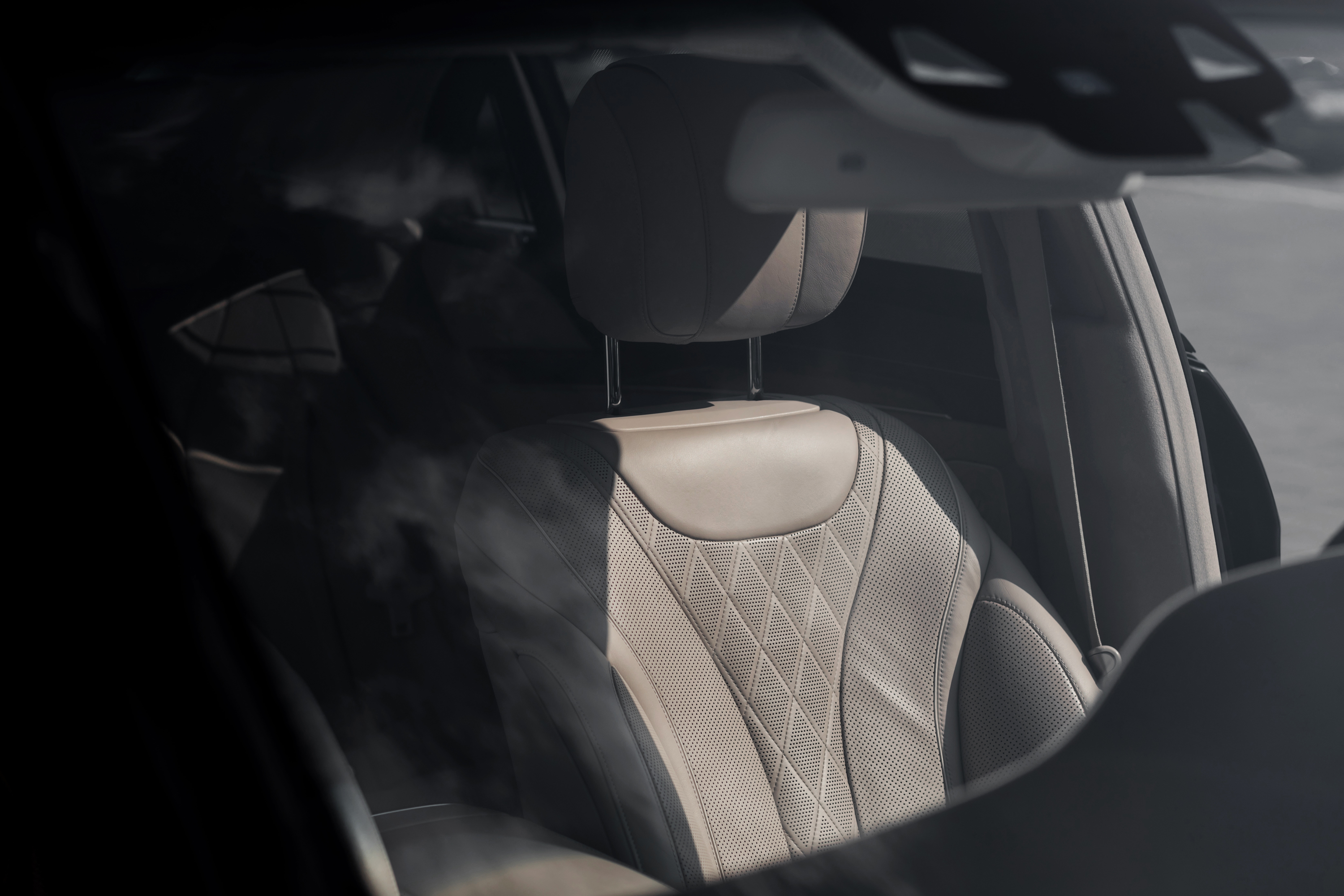
A circular future for foams
Polyurethane foams, commonly used in car seats, are designed for durability. As a thermoset plastic, polyurethane is a very stable polymer—this makes it long-lasting and versatile, but also difficult to break down using traditional recycling methods. However, emerging depolymerization technologies are making it possible to recycle polyurethane by breaking it down at the molecular level. By creating a circular ecosystem, this used material can be transformed into high-quality foam that can then be reused in new vehicles, significantly reducing its environmental impact.
The process begins with collecting used seat foam, which is sorted and recycled to produce new polyols that are then used to manufacture high-performance seat cushions for Jaguar vehicles. This closed-loop system not only reduces waste but also the carbon footprint.
By converting end-of-life waste into new circular raw materials, Dow is helping meet the growing demand for recycled materials, and addressing the issue with waste from end-of-life vehicles. This is made possible through Dow’s depolymerization technology (polyurethane chemical recycling), allowing a closed-loop solution that meets rigorous standards for both sustainability and performance, delivering the same superior comfort and quality in car seats.



